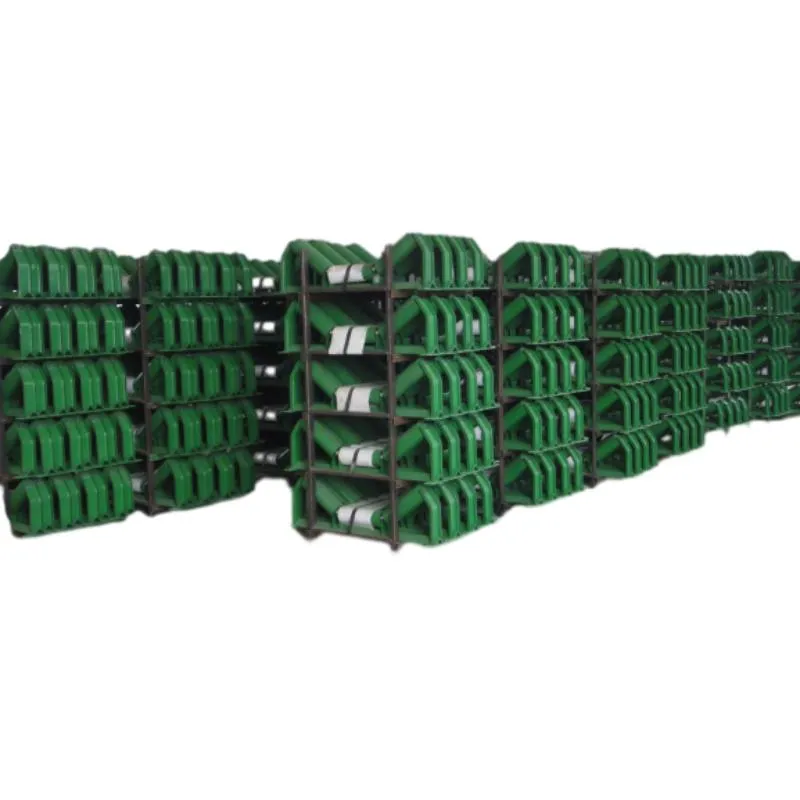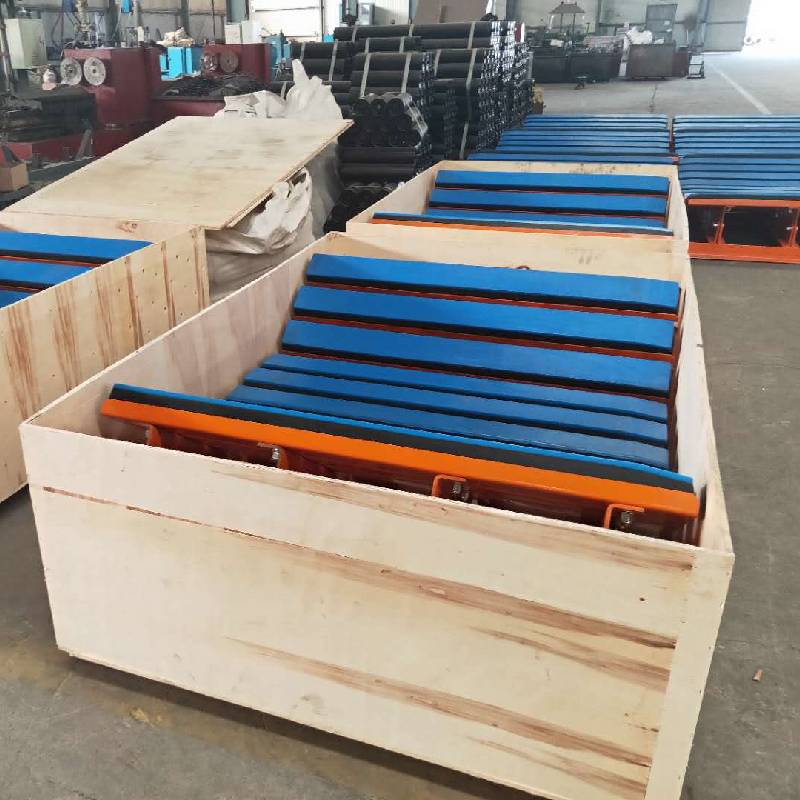 Afrikaans
Afrikaans  Albanian
Albanian  Amharic
Amharic  Arabic
Arabic  Armenian
Armenian  Azerbaijani
Azerbaijani  Basque
Basque  Belarusian
Belarusian  Bengali
Bengali  Bosnian
Bosnian  Bulgarian
Bulgarian  Catalan
Catalan  Cebuano
Cebuano  Corsican
Corsican  Croatian
Croatian  Czech
Czech  Danish
Danish  Dutch
Dutch  English
English  Esperanto
Esperanto  Estonian
Estonian  Finnish
Finnish  French
French  Frisian
Frisian  Galician
Galician  Georgian
Georgian  German
German  Greek
Greek  Gujarati
Gujarati  Haitian Creole
Haitian Creole  hausa
hausa  hawaiian
hawaiian  Hebrew
Hebrew  Hindi
Hindi  Miao
Miao  Hungarian
Hungarian  Icelandic
Icelandic  igbo
igbo  Indonesian
Indonesian  irish
irish  Italian
Italian  Japanese
Japanese  Javanese
Javanese  Kannada
Kannada  kazakh
kazakh  Khmer
Khmer  Rwandese
Rwandese  Korean
Korean  Kurdish
Kurdish  Kyrgyz
Kyrgyz  Lao
Lao  Latin
Latin  Latvian
Latvian  Lithuanian
Lithuanian  Luxembourgish
Luxembourgish  Macedonian
Macedonian  Malgashi
Malgashi  Malay
Malay  Malayalam
Malayalam  Maltese
Maltese  Maori
Maori  Marathi
Marathi  Mongolian
Mongolian  Myanmar
Myanmar  Nepali
Nepali  Norwegian
Norwegian  Norwegian
Norwegian  Occitan
Occitan  Pashto
Pashto  Persian
Persian  Polish
Polish  Portuguese
Portuguese  Punjabi
Punjabi  Romanian
Romanian  Russian
Russian  Samoan
Samoan  Scottish Gaelic
Scottish Gaelic  Serbian
Serbian  Sesotho
Sesotho  Shona
Shona  Sindhi
Sindhi  Sinhala
Sinhala  Slovak
Slovak  Slovenian
Slovenian  Somali
Somali  Spanish
Spanish  Sundanese
Sundanese  Swahili
Swahili  Swedish
Swedish  Tagalog
Tagalog  Tajik
Tajik  Tamil
Tamil  Tatar
Tatar  Telugu
Telugu  Thai
Thai  Turkish
Turkish  Turkmen
Turkmen  Ukrainian
Ukrainian  Urdu
Urdu  Uighur
Uighur  Uzbek
Uzbek  Vietnamese
Vietnamese  Welsh
Welsh  Bantu
Bantu  Yiddish
Yiddish  Yoruba
Yoruba  Zulu
Zulu ഫെബ്രു . 15, 2025 14:29
Back to list
conveyor pulley components
Effective conveyor systems are integral to the smooth operation of many industries, playing a crucial role in maximizing productivity and ensuring seamless workflow. As the backbone of operations in manufacturing, logistics, and material handling, understanding the components and parts that make up conveyor systems is essential for anyone involved in these sectors.
Equipping conveyor systems with the right frame and structure is necessary to ensure stability and support. Whether constructed from aluminum for lightweight applications or stainless steel for strength and corrosion resistance, the choice of material impacts not only performance but also the safety of the system. A robust frame is vital, especially in environments that demand high throughput and operational resilience. Safety is paramount in conveyor operations, making sensors and control systems indispensable components. Modern conveyor networks incorporate advanced sensor technologies to monitor operations in real time, detecting misalignments or overloads and automatically initiating emergency protocols. These systems not only enhance operational safety but also provide valuable data that can be used to optimize efficiency and reduce downtime. Maintenance is key to prolonging the lifecycle of conveyor systems, which underscores the importance of easily accessible parts and components. Implementing regular maintenance schedules and having readily available spare parts can prevent unexpected breakdowns and costly repairs. Partnering with reliable suppliers that offer genuine, high-quality parts ensures that systems are consistently running at peak efficiency. Choosing the right components and parts for conveyor systems requires expertise, given the myriad of options available. Consulting with industry experts and conducting thorough needs assessments can lead to systems that are not only efficient and durable but also tailored to specific operational requirements. As industries continue to evolve and demand even higher precision and efficiency, investing in quality conveyor components and parts remains a pillar of strategic operational excellence. In conclusion, understanding the nuances of conveyor components and parts is integral to optimizing system performance and operational efficiency. Whether selecting materials for durability, implementing cutting-edge technology for speed and safety, or ensuring robust maintenance practices, attention to these details solidifies the conveyor system’s role as a vital asset in any industrial setting.


Equipping conveyor systems with the right frame and structure is necessary to ensure stability and support. Whether constructed from aluminum for lightweight applications or stainless steel for strength and corrosion resistance, the choice of material impacts not only performance but also the safety of the system. A robust frame is vital, especially in environments that demand high throughput and operational resilience. Safety is paramount in conveyor operations, making sensors and control systems indispensable components. Modern conveyor networks incorporate advanced sensor technologies to monitor operations in real time, detecting misalignments or overloads and automatically initiating emergency protocols. These systems not only enhance operational safety but also provide valuable data that can be used to optimize efficiency and reduce downtime. Maintenance is key to prolonging the lifecycle of conveyor systems, which underscores the importance of easily accessible parts and components. Implementing regular maintenance schedules and having readily available spare parts can prevent unexpected breakdowns and costly repairs. Partnering with reliable suppliers that offer genuine, high-quality parts ensures that systems are consistently running at peak efficiency. Choosing the right components and parts for conveyor systems requires expertise, given the myriad of options available. Consulting with industry experts and conducting thorough needs assessments can lead to systems that are not only efficient and durable but also tailored to specific operational requirements. As industries continue to evolve and demand even higher precision and efficiency, investing in quality conveyor components and parts remains a pillar of strategic operational excellence. In conclusion, understanding the nuances of conveyor components and parts is integral to optimizing system performance and operational efficiency. Whether selecting materials for durability, implementing cutting-edge technology for speed and safety, or ensuring robust maintenance practices, attention to these details solidifies the conveyor system’s role as a vital asset in any industrial setting.
Next:
Latest news
-
The Unrivaled Performance of Polyurethane Pulleys in Industrial ApplicationsNewsAug.25,2025
-
The Critical Role of Drum Lagging in Conveyor SystemsNewsAug.25,2025
-
Navigating Industrial Efficiency: The Critical Role of Conveyor PulleysNewsAug.25,2025
-
InIntroduction to Advanced Pulley Lagging SolutionsNewsAug.25,2025
-
Industry Trends in Pulley Lagging TechnologyNewsAug.25,2025
-
Revolutionizing Conveyor Reliability with Advanced Rubber Lagging PulleysNewsJul.22,2025
OUR PRODUCTS





























